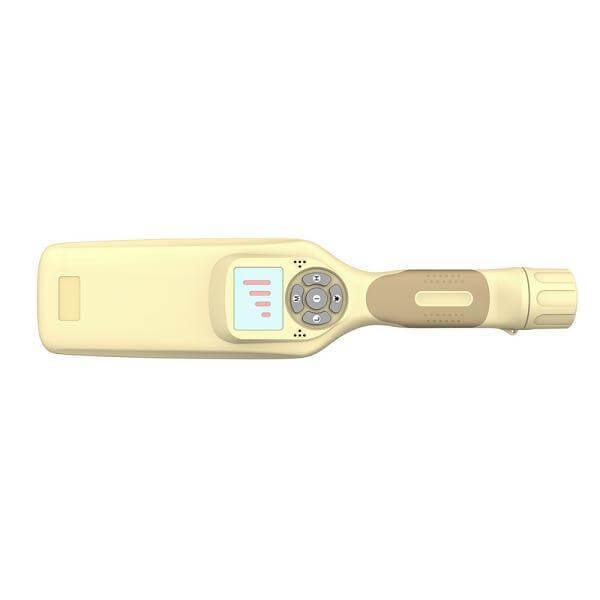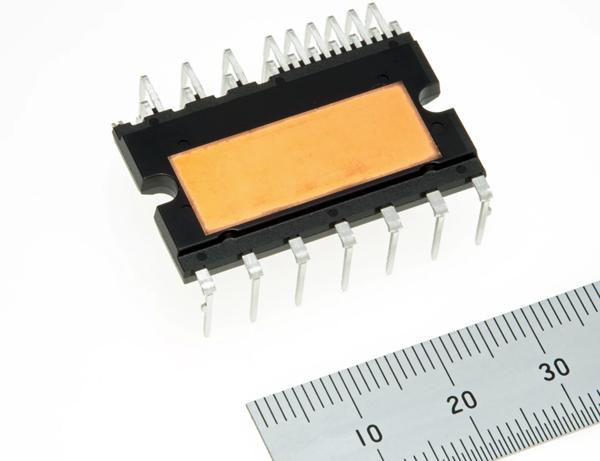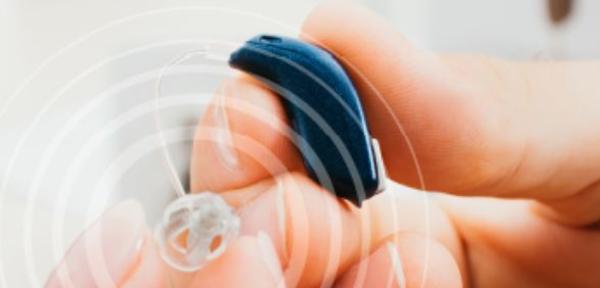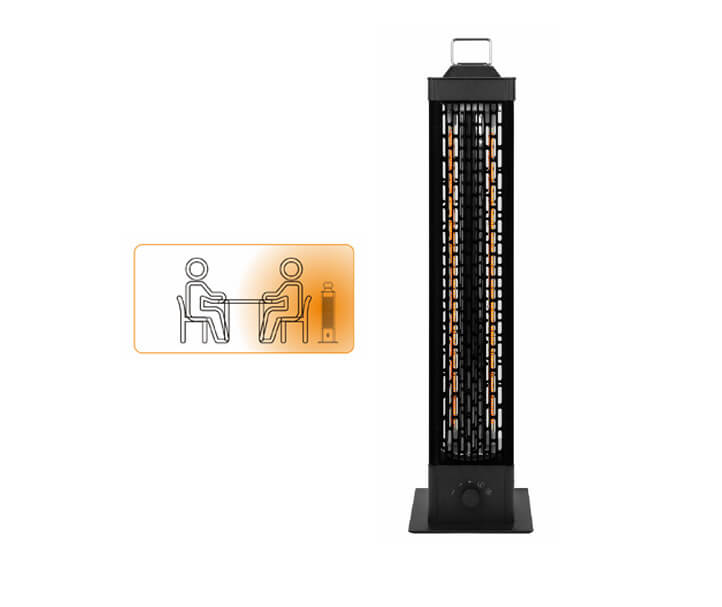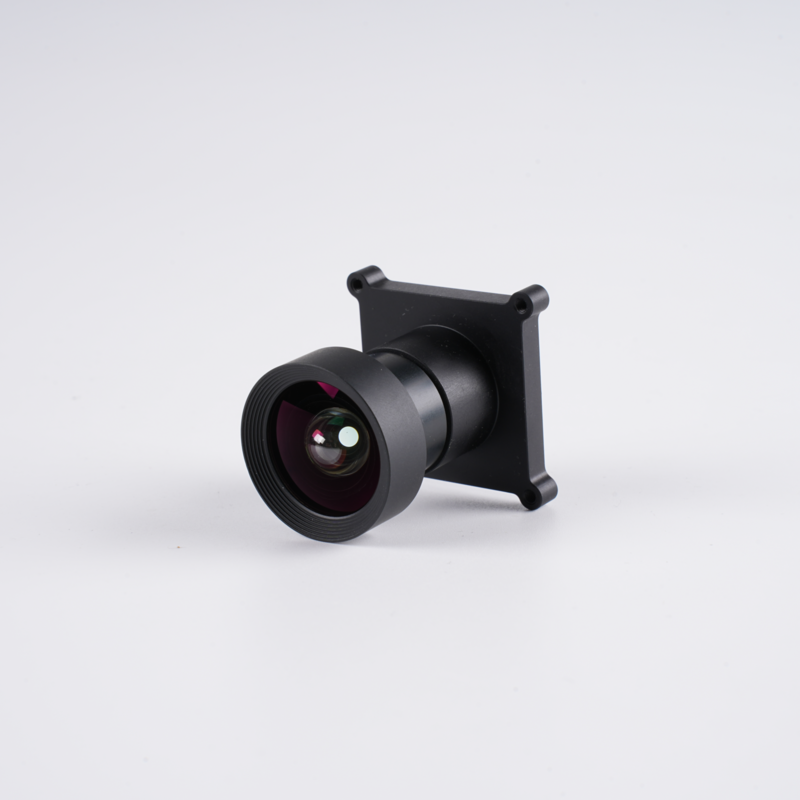
Microphones: On
- Consumer
- 2023-09-23 22:51:36
In a late-November post, I discussed various microphone options available (I quote) “in terms of options for you to consider using in your next virtual work meetings and/or off-hours jam sessions.” At the time, I also noted that “a follow-on post will discuss integrating them on-PCB in your next design (including the pros and cons of each architecture option).” That’s what I’ll be attempting to do here. And reader “bdcst” gifted me with a great starting-off point to this post via the feedback he submitted in the comments last time:
Brian, one detail you did not address is a shortcoming of electret ECM elements. Though much better in recent years, they can slowly lose their charge, producing lower output over time. If you subject an electret to long term elevated temperature you hasten this polarization charge loss. I prefer mics that either make use of full 48 VDC phantom power to provide the polarization bias or have built-in switch mode power supplies that boost incoming voltage to 48+ volts. Some of the pricier condenser mics actually use RF bias for greater noise immunity.
In looking back over my prior prose, while I didn’t use the terms “condenser” and “electret condenser” interchangeably (thankfully, because although they’re related, they’re not the same thing!) he’s spot-on and, due to word count limitations, I didn’t elaborate on those differences. That’s as good a place as any to begin this time, then. Here’s a summary excerpt from Wikipedia’s description of condenser microphones, one section of the broader microphones entry, the entirety of which I commend to your inspection as your time allows:
The condenser microphone… is also called a capacitor microphone or electrostatic microphone—capacitors were historically called condensers. The diaphragm acts as one plate of a capacitor, and audio vibrations produce changes in the distance between the plates. Because the capacitance of the plates is inversely proportional to the distance between them, the vibrations produce changes in capacitance. These changes in capacitance are used to measure the audio signal. The assembly of fixed and movable plates is called an “element” or “capsule…The inherent suitability of this technology is due to the very small mass that must be moved by the incident sound wave, unlike other microphone types that require the sound wave to do more work…Condenser microphones require a power source, provided either via microphone inputs on equipment as phantom power or from a small battery. Power is necessary for establishing the capacitor plate voltage and is also needed to power the microphone electronics.



As you may have guessed, an electret condenser is one of several implementations of the general condenser microphone concept (also including DC-biased, RF and valve, i.e., tube variants). Wikipedia again:
An electret microphone is a type of condenser microphone…[in which] the externally applied charge used for a conventional condenser microphone is replaced by a permanent charge in an electret material. An electret is a ferroelectric material that has been permanently electrically charged or polarized. The name comes from electrostatic and magnet; a static charge is embedded in an electret by the alignment of the static charges in the material, much the way a permanent magnet is made by aligning the magnetic domains in a piece of iron…Unlike other capacitor microphones, they require no polarizing voltage, but often contain an integrated preamplifier that does require power. This preamplifier is frequently phantom powered in sound reinforcement and studio applications. Monophonic microphones designed for personal computers [editor note: as well as video cameras, smartphones and tablets, etc.]…use a 3.5mm plug as usually used, without power, for stereo [editor note: more precisely, a TRS, i.e., tip-ring-sleeve, plug]; the ring, instead of carrying the signal for a second channel, carries power via a resistor from (normally) a 5V supply in the computer.
“Electret” is a term that I’d long tossed around (with the November piece case study example) while admittedly not knowing much about what it meant. I included a short summary of the concept in the prior Wikipedia excerpt; the fuller Wikipedia electret explanation is worth your time if you’re interested in learning more. I also included in the previous excerpt the summary explanation of why a phantom power source may still be necessary to employ an electret condenser microphone, both for general background (referencing my November writeup content) and specifically in reference to the response from “bdcst”. That said, while he/she is correct that such electret material charge loss is possible, the issue is much less critical nowadays than was the case historically (to bdcst’s “much better in recent years” qualifier), as the technology is incrementally perfected. More reassurance comes from Wikipedia:
Due to their good performance and ease of manufacture, hence low cost, the vast majority of microphones made today are electret microphones; a semiconductor manufacturer estimates annual production at over one billion units. They are used in many applications, from high-quality recording and lavalier (lapel mic) use to built-in microphones in small sound recording devices and telephones. Prior to the proliferation of MEMS microphones, nearly all cellphone, computer, personal digital assistant and headset microphones were electret types…Though electret microphones were once considered low quality, the best ones can now rival traditional condenser microphones in every respect and can even offer the long-term stability and ultra-flat response needed for a measurement microphone.
I rationalized spending this much wordcount budget on background information because, as the prior paragraph alludes, at least until recently electret condensers were the dominant type integrated on-PCB within system designs:

Now, however (to the earlier “Prior to the proliferation of MEMS microphones…” comment), MEMS-based approaches are ascendant and increasingly dominant particularly in space-constrained system implementations, although MEMS’ other advantages more broadly justify their consideration. First off, here’s an overview of MEMS (microelectromechanical systems) courtesy of Wikipedia, for any of you unfamiliar with the big-picture concept:
Microelectromechanical systems, also written as micro-electro-mechanical systems (or microelectronic and microelectromechanical systems) and the related micromechatronics and microsystems constitute the technology of microscopic devices, particularly those with moving parts. They merge at the nanoscale into nanoelectromechanical systems (NEMS) and nanotechnology. MEMS are also referred to as micromachines in Japan and microsystem technology (MST) in Europe. MEMS are made up of components between 1 and 100 micrometers in size (i.e., 0.001 to 0.1mm), and MEMS devices generally range in size from 20 micrometres to a millimetre (i.e., 0.02 to 1.0mm), although components arranged in arrays (e.g., digital micromirror devices) can be more than 1000mm2. They usually consist of a central unit that processes data (an integrated circuit chip such as microprocessor) and several components that interact with the surroundings (such as microsensors).
As the previous definition alludes to, DLP (digital light projection) TVs, projectors, depth sensing systems and the like were one early high-volume implementation of the concept. Tear down any modern smartphone, and you’ll also come across numerous MEMS sensors: IMUs (inertial measurement units) used to determine location, orientation, and rate of motion, along with sensors tailored for discerning various environmental conditions. These include accelerometers, gyroscopes, and magnetometers (compasses), as well as sensors that discern pressure (altimeters and barometers), moisture (humidity) and thermal conditions (temperature).
You’ll also find one or (more likely, for background-noise suppression purposes) multiple MEMS-based microphone(s), which you’ve likely noticed showcased in many of my teardowns:

The MEMS microphone is also called a microphone chip or silicon microphone. A pressure-sensitive diaphragm is etched directly into a silicon wafer by MEMS processing techniques and is usually accompanied with an integrated preamplifier. Most MEMS microphones are variants of the condenser microphone design. Digital MEMS microphones have built-in analog-to-digital converter (ADC) circuits on the same CMOS chip making the chip a digital microphone and so more readily integrated with modern digital products.
The previous Wikipedia summary highlights many of the rationales for MEMS microphones’ growing adoption, including:
A CMOS fabrication foundation, for low cost as well as optional integration of not only preamplifier circuitry but also an ADC, the latter allowing for direct digital outputsComparatively high tolerance of mechanical shock, extended temperature exposure and other (but not all) environmental outliers, andComparatively compact form factorsThat said, traditional condenser configurations remain dominant (at least versus MEMS substitutes, but not including dynamic and other alternatives) in standalone microphones where space considerations are less acute, for reasons such as:
Comparative ease of implementing directional (i.e., non-omnidirectional) pattern configurations such as cardioid, hypercardioid, shotgun and dual-capsule bidirectionalHigh tolerance of ambient dust and moisture, andWide operating voltage rangesFor more on the comparisons between (electret and other) traditional condenser microphones and MEMS-based alternatives, check out the following example resources that a Google search brought to my attention:
“Comparing MEMS and Electret Condenser (ECM) Microphones“ (CUI Devices)“MEMS versus ECM: Comparing Microphone Technologies” (Digi-Key Electronics, also authored by CUI Devices)“What Is A MEMS Microphone? (Micro-Electro-Mechanical Systems)” (My New Microphone)And in closing, I’ll leave you with a teaser. One of the earbud speaker driver approaches I left out of my mid-November writeup on the topic due to word count constraints was the piezo driver, examples of which you’ve probably also seen in many of my teardowns:

I also started my subsequent end-of-November coverage of microphones with the following:
I sometimes generically refer to both speakers and microphones as transducers, since they convert between sound wave energy and electrical energy. You can alternatively use a passive speaker as a dynamic microphone after all, although it wouldn’t be very sensitive or frequency range-encompassing. And I suppose you could also use a dynamic microphone as a speaker, for that matter, although it’d be awful easy to overdrive and destroy it!
To wit, check out the following blurb also within Wikipedia’s definition of MEMS microphones:
Since the 2010s, there has been increased interest and research into making piezoelectric MEMS microphones which are a significant architectural and material change from existing condenser style MEMS designs.
I’m not aware of that “interest and research” having made its way into high-volume production yet…then again, though, I only recently learned in detail what the term “electret” meant! If any readers out there can shed more light on this particular topic, I’d welcome the insight. More generally, I as always welcome your thoughts on this piece in the comments!
—Brian Dipertis the Editor-in-Chief of the Edge AI and Vision Alliance, and a Senior Analyst at BDTI and Editor-in-Chief of InsideDSP, the company’s online newsletter.
Related articles:
Microphones: An abundance of options for capturing tonesEarbud implementation options: Taking a test drive(r)Apple’s Beats Powerbeats Pro: No repair…a teardown, though!Noise-suppressing headsets and earbuds: Differences, but all telephony dudsHow do noise-cancelling microphones work?Basic principles of MEMS microphonesMicrophones: On由Voice of the EngineerConsumerColumn releasethank you for your recognition of Voice of the Engineer and for our original works As well as the favor of the article, you are very welcome to share it on your personal website or circle of friends, but please indicate the source of the article when reprinting it.“Microphones: On”


